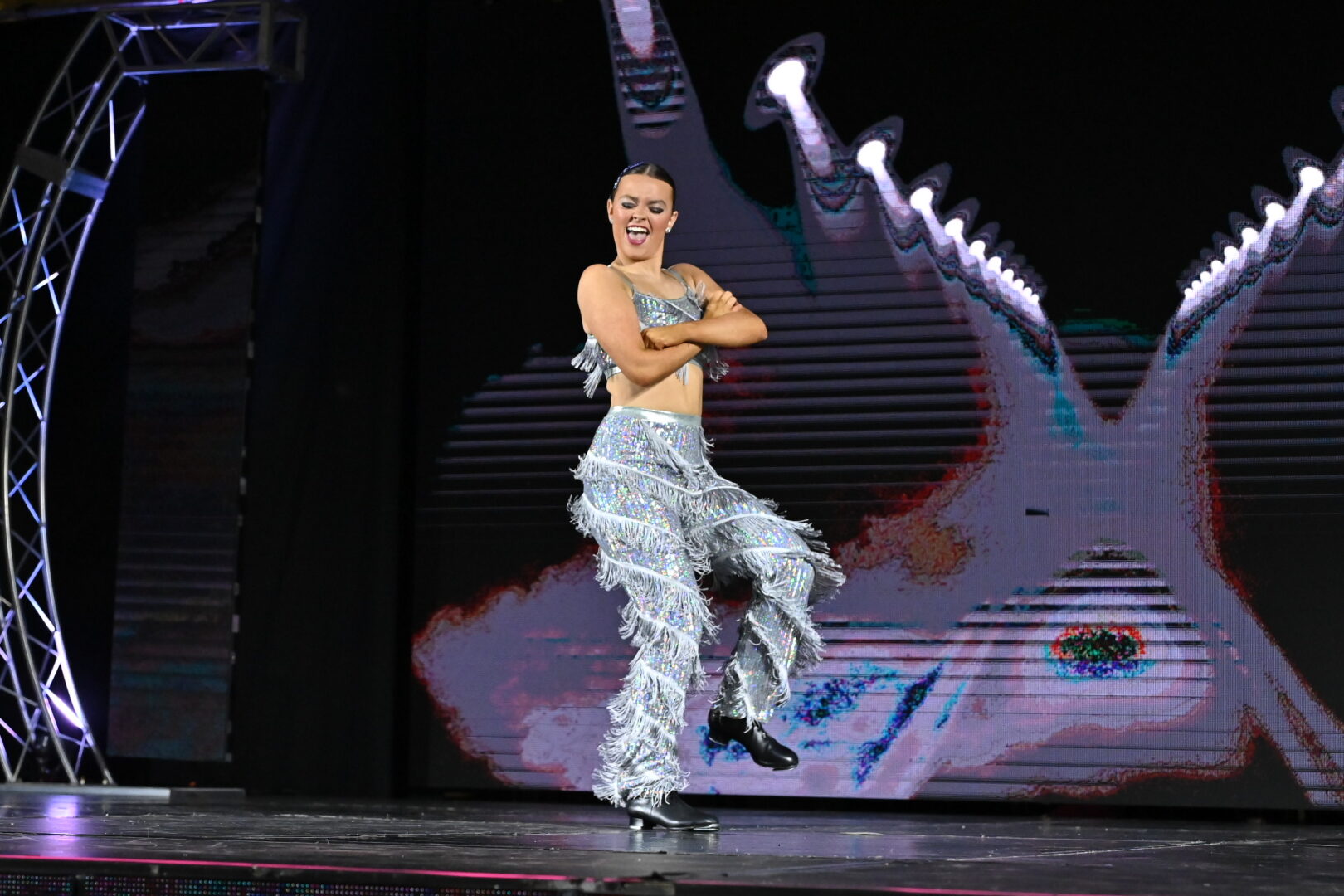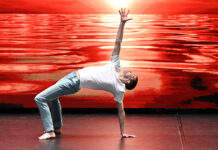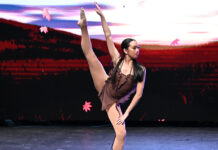
Being a dancer isn’t just about the practices, performances, and costumes. It’s about knowing why we move the way we do and where it came from. Being a well-rounded and educated dancer makes learning a new turn sequence or choreography part of the history of dance as a whole. The more you know, the more depth and knowledge you can then pour into your dancing, which will make you a stronger dancer. Learning about topics like anatomy, dance history, performance psychology, and choreography strengthens your body and artistry and gives you the confidence to speak intelligently about your craft. Tackling big topics can feel intimidating, but we’ve got tips for making this deep dive into your interest less like homework and more part of everyday life.
Read Books That Inspire and Teach
There are endless books out there that relate to the dance world, and they all have knowledge to offer. Whether you want to learn about choreography, body awareness, or anatomy, exploring new subjects can open your eyes to whole new parts of the dance world.
Recommended Reading:
- The Dancer’s Way by Linda H. Hamilton (for insights on physical and mental wellness)
- Apollo’s Angels by Jennifer Homans (for a deep dive into ballet history)
- Dance Anatomy by Jacqui Greene Haas (to understand how your body moves and how to prevent injury)
Stay Up to Date with Dance Articles and Magazines
Make it a habit to read online articles from dance media sources! These will keep you up to date on the latest dance trends from fashion to up-and-coming dancers. Never skip the interview sections! You never know what advice you might get from trained professionals. It can also be motivating to hear from your dance peers about their experiences, dreams, and achievements. It shows you that you are a part of one big and passionate community that all share the same love.
Learn About the Science of Movement
Knowing how your body works the way it does and how to take care of it can give you the upper hand as a dancer. After all, dancing is entirely dependent on your body and how it moves. Even short online articles or videos can help you understand and protect yourself. Understanding which muscles engage during different movements or how to safely stretch improves your technique and prevents injuries.
Recommended Research:
- Kinesiology
- Anatomy
- Biomechanics
Study Dance History and Styles
Every genre has its own unique background that is informed by where and when it was created. Watch old performances, research choreographers, and read articles about how your favorite style came to be. Knowing the roots of what you perform helps you bring authenticity and emotion to your dancing. It shows respect for the art and deepens your appreciation for how far dance has come.













